FUT (Follicle Unit Transplantation or strip surgery)
FUT (Follicle Unit Transplantation or strip surgery) is a hair transplant technique in which donor material is harvested in the form of an ellipse-shaped hair-bearing strip from the back of the head. The superficial donor wound is sutured with so-called trichophyte closure. The harvested donor strip is being dissected under stereomicroscopes by experienced surgical assistants to isolate individual, high-quality, undamaged follicular units (see Photos 1 and 2).
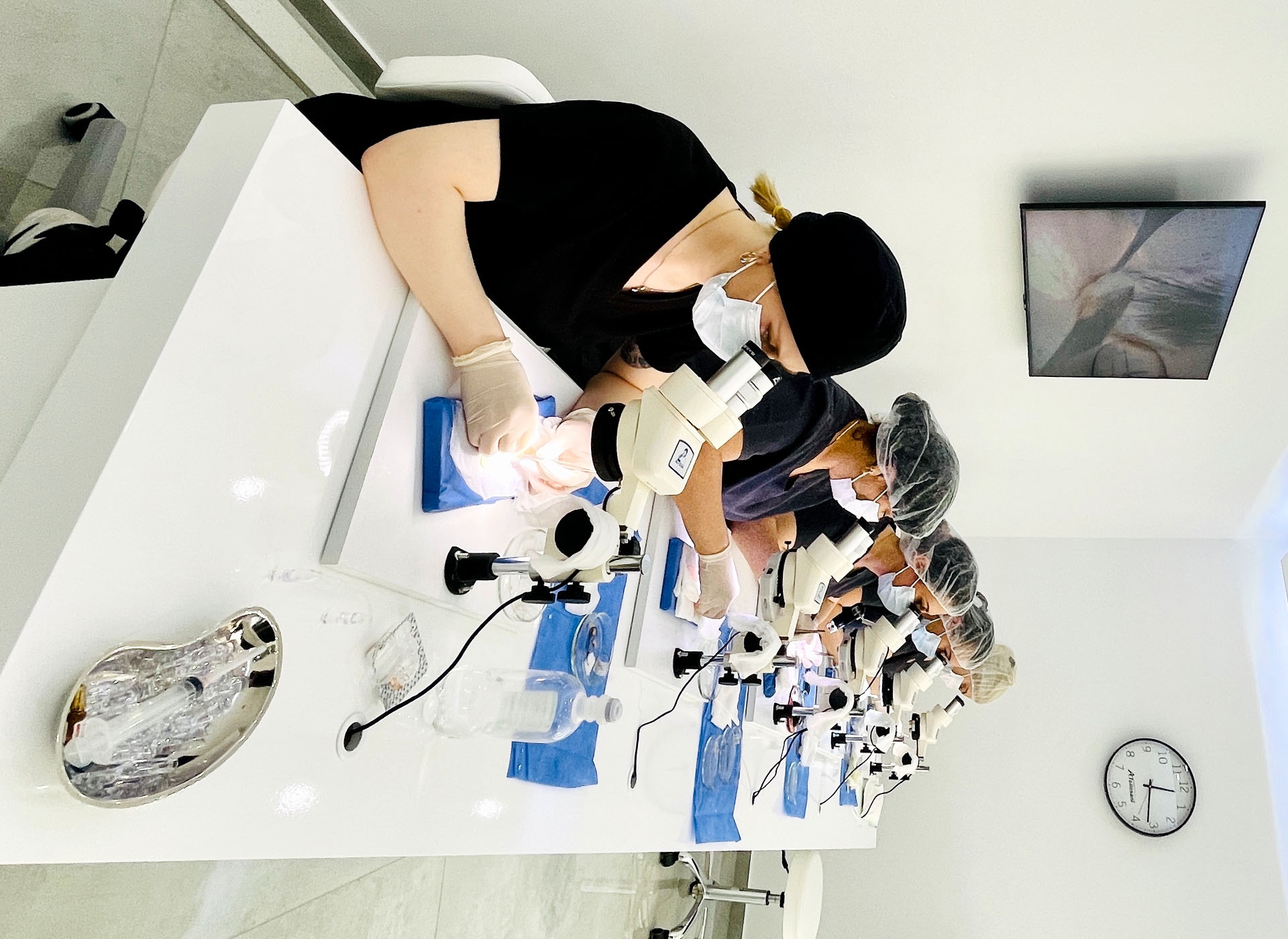
Photo 1. Preparation of FUT grafts under stereomicroscopes with high magnification
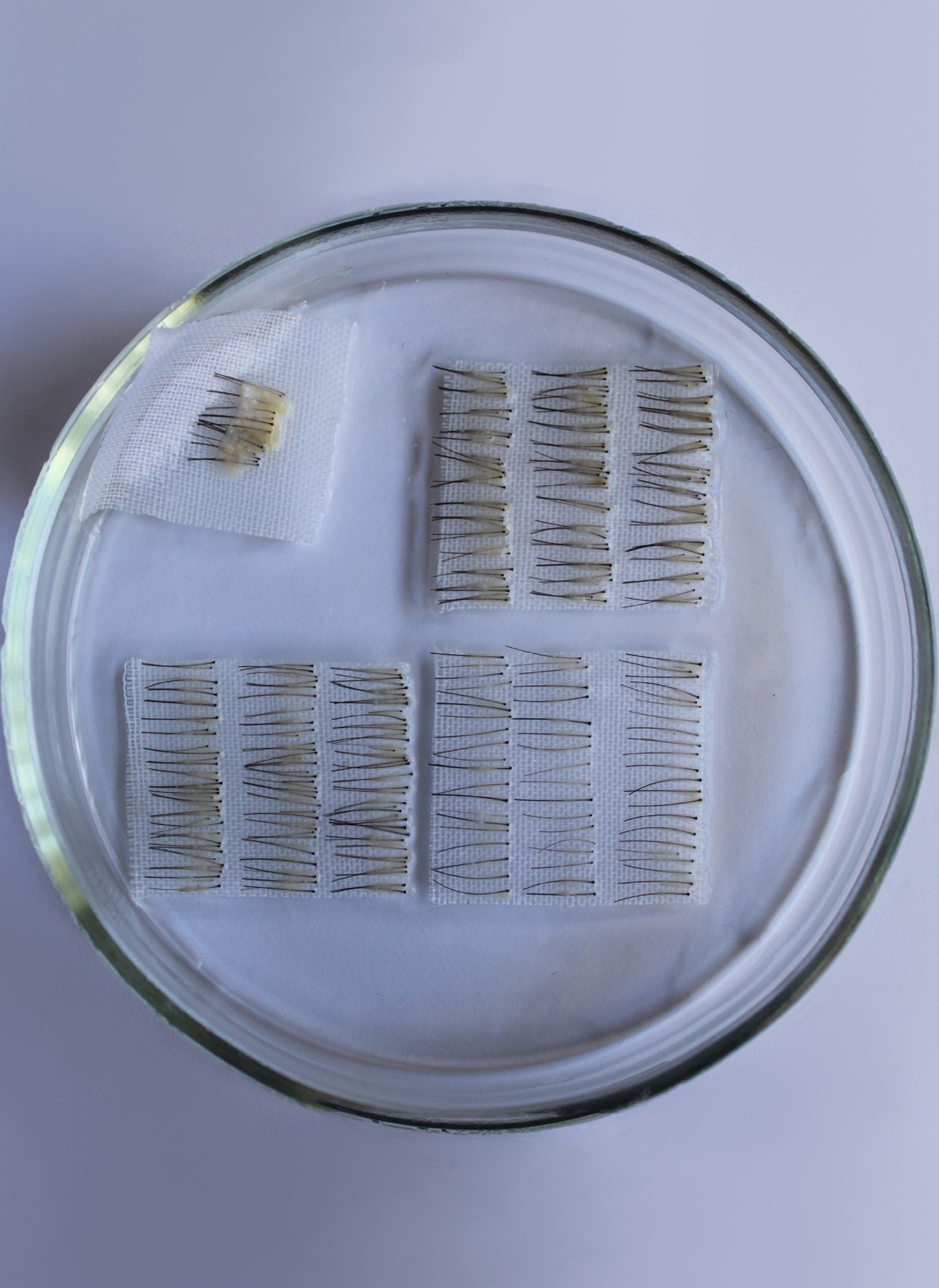
Photo 2. FUT grafts - skin sliver and 1, 2, and 3 hair grafts without any damage
FUT is a staple of hair transplantation. In fact, it only has one disadvantage: a narrow linear scar on the back of the head (see photos 4, 5 and 6). However, the scar is virtually invisible unless the haircut on the back of the head is very short. But on the other hand, the FUT technique has many advantages:
- In contrast to FUE, FUT makes it possible to obtain significantly more grafts from the donor area, either with single or multiple hair transplant procedures. With the FUT technique, there is no reduction of hair density on the back of the head and depletion of the donor area.
- during FUT, grafts are dissected by experienced surgical assistants under stereomicroscopes with high magnification. Such direct visualization of the follicular units allows for a precise preparation of the highest quality grafts without any damage and transection.
- Transection of follicles with FUT is significantly lower than with FUE (see photos 2 and 3).
- During FUT, grafts are only harvested from a permanent donor area.
- FUT does not require shaving or shortening the hair. The patient leaves the clinic without any bandages or traces of hair transplantation making the postoperative period less noticeable than after FUE.
- Since FUT is quicker and less labor-intensive for the doctor than FUE , the cost of hair transplantation with the FUT method is lower than with the FUE method.
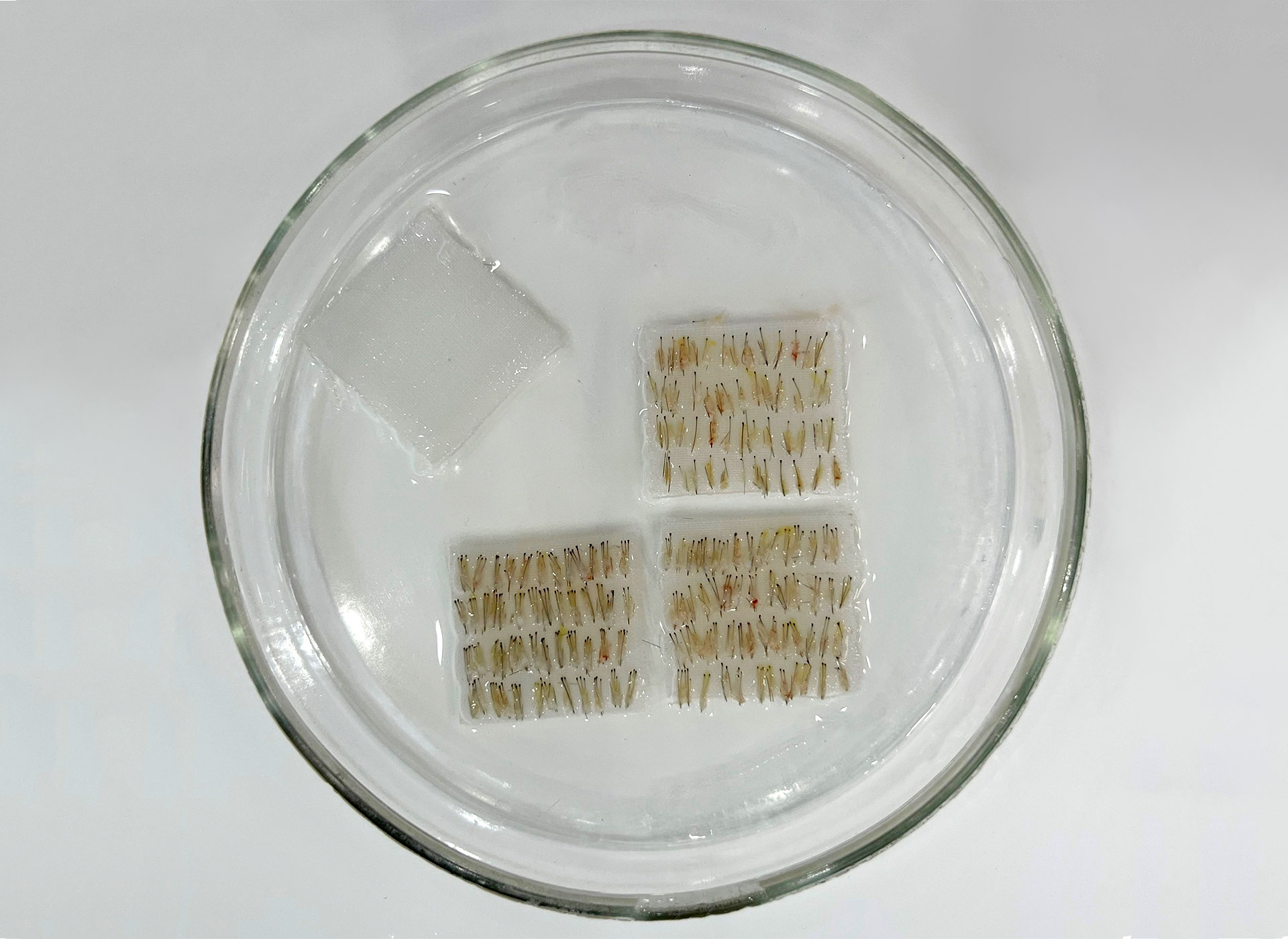
Photo 3. FUE 1, 2, and 3-4 hair grafts. Multiple follicle transections are visible
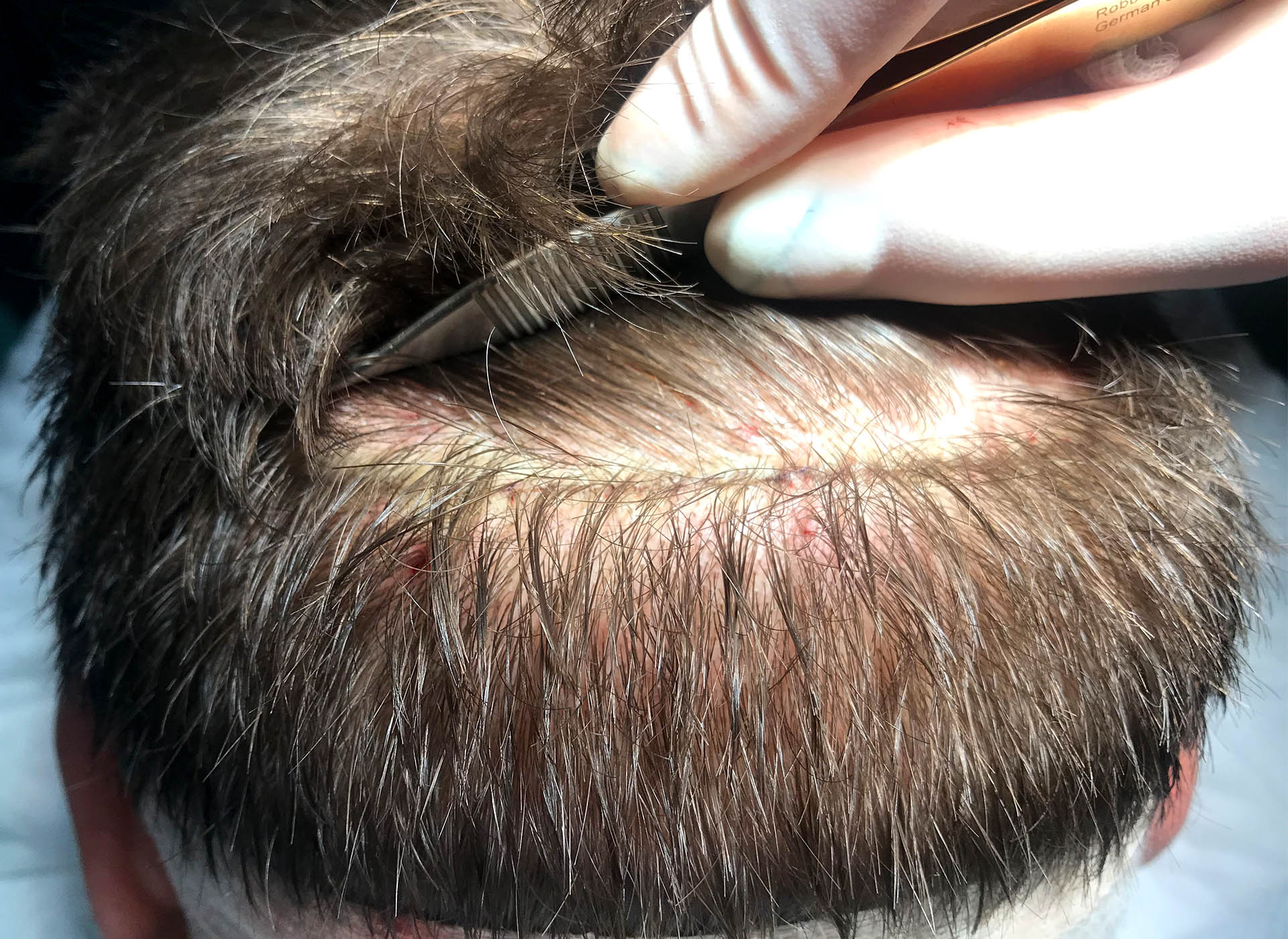
Photo 4. Suture line on the back of the head immediately after hair transplantation with the FUT method
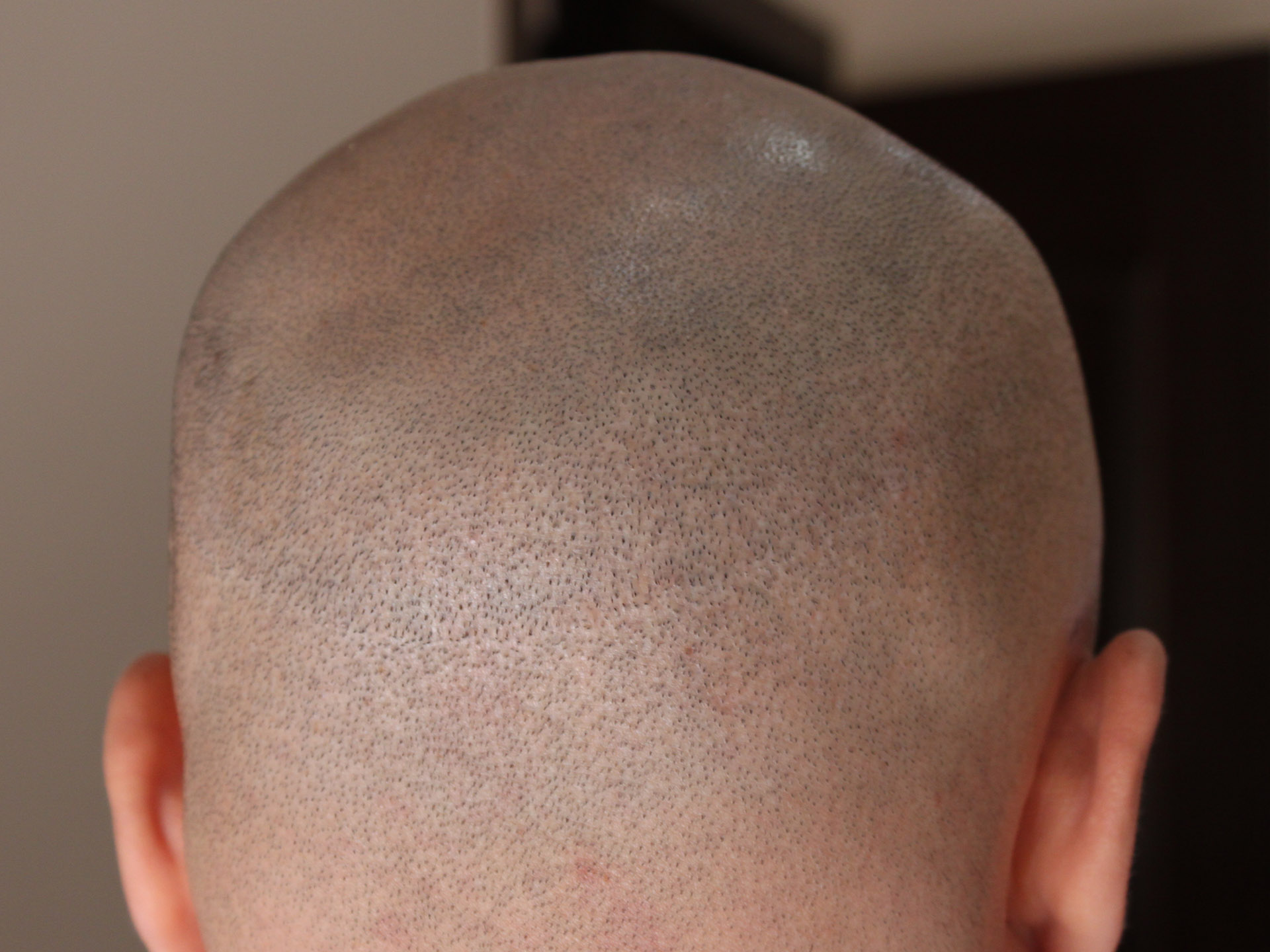
Photo 5. The thin linear scar on the back of the head one year after hair transplantation with the FUT method

Photo 2. FUT grafts - skin sliver and 1, 2, and 3 hair grafts without any damage
FUT is a staple of hair transplantation. In fact, it only has one disadvantage: a narrow linear scar on the back of the head (see photos 4, 5 and 6). However, the scar is virtually invisible unless the haircut on the back of the head is very short. But on the other hand, the FUT technique has many advantages:
- In contrast to FUE, FUT makes it possible to obtain significantly more grafts from the donor area, either with single or multiple hair transplant procedures. With the FUT technique, there is no reduction of hair density on the back of the head and depletion of the donor area.
- during FUT, grafts are dissected by experienced surgical assistants under stereomicroscopes with high magnification. Such direct visualization of the follicular units allows for a precise preparation of the highest quality grafts without any damage and transection.
- Transection of follicles with FUT is significantly lower than with FUE (see photos 2 and 3).
- During FUT, grafts are only harvested from a permanent donor area.
- FUT does not require shaving or shortening the hair. The patient leaves the clinic without any bandages or traces of hair transplantation making the postoperative period less noticeable than after FUE.
- Since FUT is quicker and less labor-intensive for the doctor than FUE , the cost of hair transplantation with the FUT method is lower than with the FUE method.
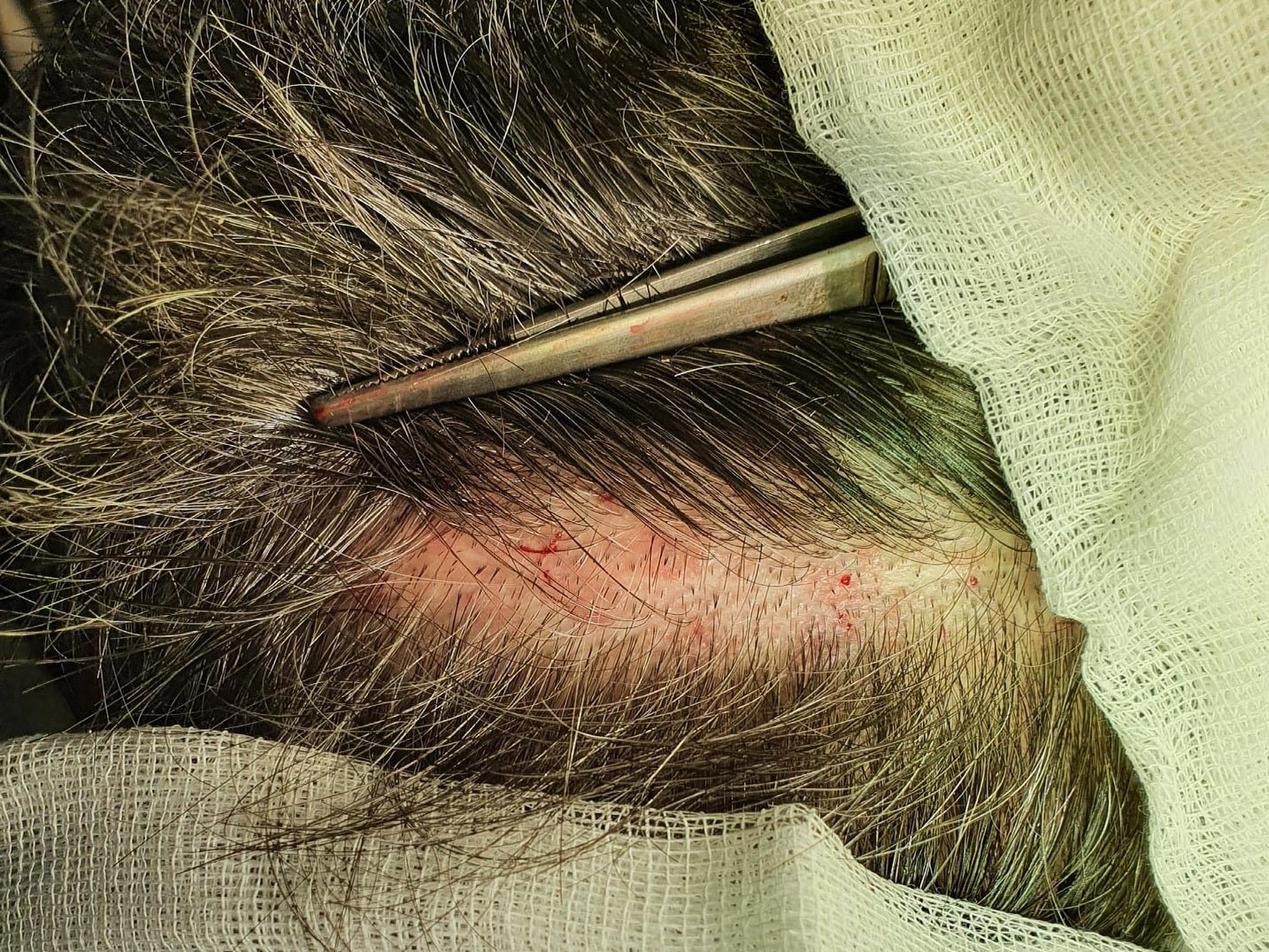
Picture 6. Another example – a thin linear scar on the back of the head one year after FUT hair transplantation


